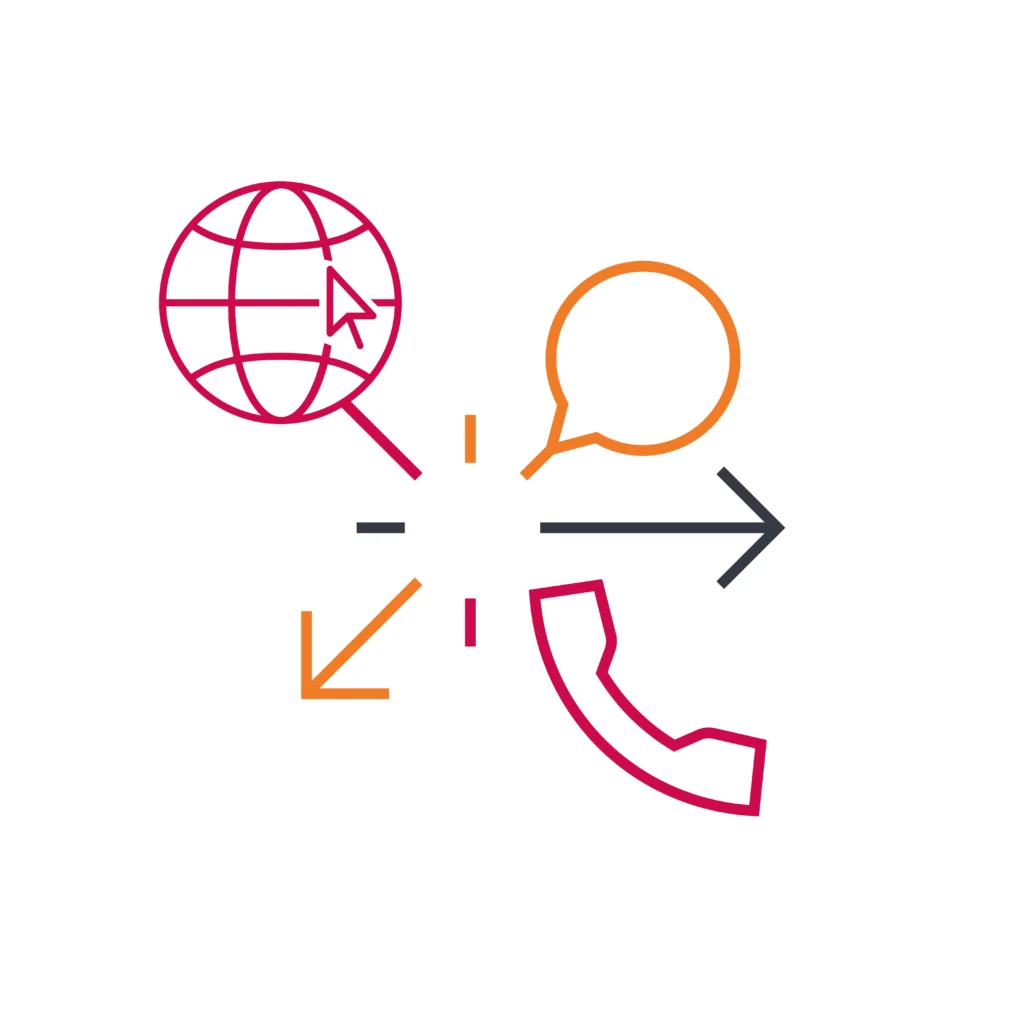Pre-project: Setting the right course – from requirements to a solution concept
The focus on the overall process requires not thinking in terms of individual functional areas and prefabricated images when finding solutions, especially when it comes to implementing SAP's requirement as a Digital Core in procurement processes.
Vulnerability assessment
It is very important to analyze the weak points of one's own processes and procedures, i.e., to determine what is not working well today and what can and should be improved. Such an analysis provides important information for the design of the new or revised processes.
This is the key to bringing together standardized process workflows on the one hand and company-specific circumstances on the other.
Recommendations for action
It sounds simple: The requirements precede the solution. And yet this very step is often a challenge for project managers. In a digitized procurement process, common structures and harmonized processes have to be developed.
This is the only way to ensure that newly defined processes and workflows will contribute to optimizing business processes – and not merely address symptoms. We raise awareness for aspects that have not been considered so far and provide decision-making support for the resulting process alternatives.
SAP and standardization
We have more than 35 standardized SAP integration modules for SAP integration. In the course of the preliminary project, the task at hand is to create the process design and use these modules to put together the process flow as required by the customer.
The workflows are also standardized and can be modeled in accordance with the principle of best practice. Thanks to the workflow engine, they can be flexibly configured to suit individual company conditions.
Beyond the technological aspects, we were even more impressed by the way Futura Solutions approached the objective and the manner in which we were guided through the process in close cooperation. This helped us enormously to organize the project.
Senior Manager Procurement Marco Thaller, Freudenberg Real Estate GmbH

Rollout: With fixed process flows to a quick go-live
The optimized process flows, which were coordinated and defined in the course of the pre-project, provide the organizational guideline for the rollout. The project and activity plan provided by Futura Solutions ensures that implementation and rollout go hand in hand.
FUTURA experts and members of the project team supervise the rollout; regular status meetings ensure that the project members are well-informed.
The basic system check serves to prepare the technical rollout and takes place in the form of a workshop at your site or remotely.
It is used to create the conditions for a smooth implementation of the standardized SAP integration modules and, for example, to identify possible modifications to the SAP system that deviate from the standard.
A typical system landscape consists of a development system, a consolidation or quality assurance system, and a production system.
The delivery of the FUTURA-specific SAP OData Services is carried out via the SAP "Transport System". The SAP OData Services provided by Futura Solutions are usually imported into the development system for this purpose. After the necessary configurations for the purchasing and procurement processes to be implemented have been carried out, the services are transported into the quality assurance system together with the adjustments.
After finishing the work, Futura Solutions will carry out a final inspection to determine the operational readiness of the SAP OData Services, which will be proven by means of a test protocol.
After a successful test by the customer, the SAP OData Services go live.
The real-time SAP integrations provided by Futura Solutions are based on standardized SAP OData Services and additional FUTURA-specific OData Services.
If the SAP Fiori system landscape for the SAP Business Suite has already been set up, only the necessary OData services need to be checked or activated.
On the frontend server, all OData Services required for the interface processes must first be activated. If more than one OData service has been delivered (or if a standard service has not yet been activated), these must be activated individually or via a task list.
The approval or release takes place in the upstream Q-system (quality assurance system). If this is successful, FUTURA will go live in the P-system (production system). From now on, users and suppliers can actively use the platform.

Support on enterprise level and for individual cases
Our support center, located at the company headquarters, supports FUTURA users and their suppliers in six languages – by e-mail as well as by phone. To improve the usability and efficiency of our support service, we use a ticket system.
Support is available to all users free of charge to ensure optimal work results. Different support levels provide quick solutions for support inquiries:
- Online support center with self-service options
- Support by phone in case of technical problems
- Direct e-mail support provided with an IT expert
- Remote support
Operation
You will receive continued support from your FUTURA expert even after the rollout and will benefit from permanent further developments of the application.
Support
After a period of approximately three to six months, we schedule a first review meeting to jointly examine the implemented process flows and identify approaches for further optimization.
Customer success
Whether you need further training, support with the onboarding of suppliers or new stakeholders, or additional process requirements – you have a designated contact person. We have been supporting many of our customers in their procurement transformation for more than 15 years.
Product updates
The functionalities or the app portfolio of FUTURA are expanded on an ongoing basis. In this context, we also incorporate new customer requirements that arise from using the system. In addition to two major release updates which we announce, many smaller updates are permanently incorporated in the agile approach.